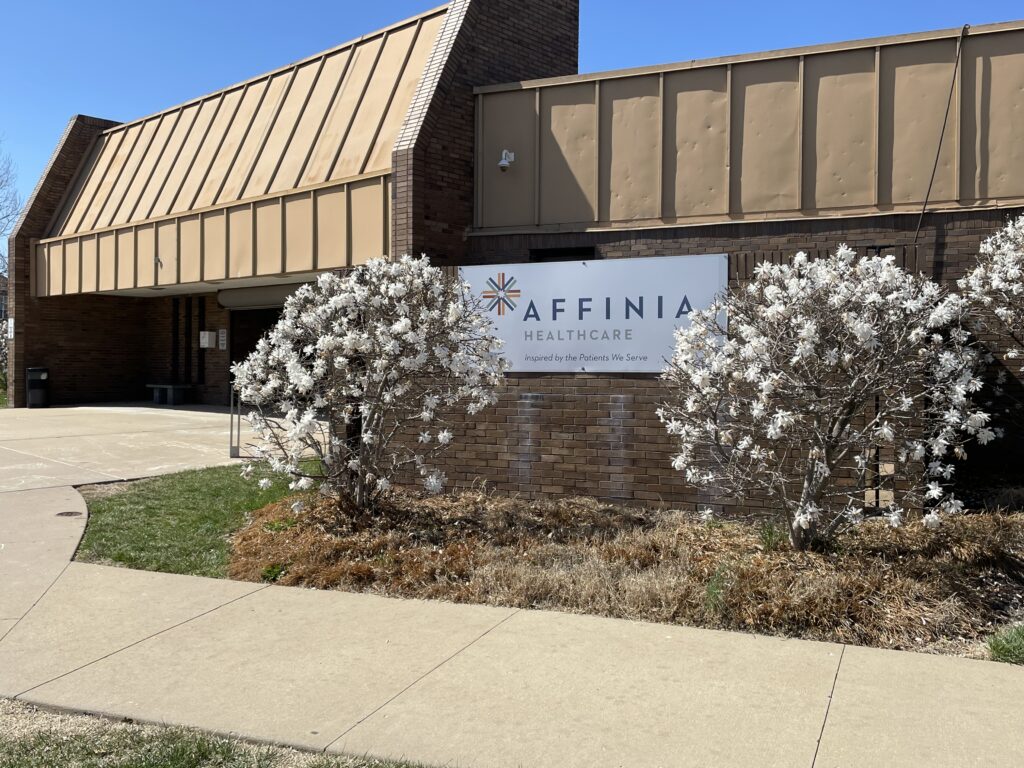New rain gardens project to improve environmental wellness at Biddle health center
Affinia Healthcare will soon break ground on two amended soils areas, one pervious concrete area and four rain gardens at the health center located at 1717 Biddle Street.
The program will help manage rain where it falls by installing rainscaping site improvements that reduce local flooding and manage stormwater runoff, while also improving water quality in the Mississippi River.
St. Louis Project Clear Large Stormwater Grants Program, an initiative led by the Metropolitan Sewer District (MSD), is funding this project. The $600,000 grant will pay for infrastructure improvements which will bring high performing systems to the site.
“This project is an opportunity to improve our property by offering access to beautiful natural spaces on-site and contribute to citywide efforts to be better stewards of our environment,” said Chris Overmann, Assistant Vice President of Operations and New Business Development. “The $600,000 grant pays for infrastructure improvements that will bring these high performing systems to our parking lot.”
Rainscaping is the use of natural vegetation and systems to manage rainwater. The rainscaping improvements are amended soil areas, pervious concrete and rain gardens. Rain gardens are bowl-shaped gardens that capture and clean rainwater using native plants and special soils. The amended soils areas are mixed with compost and planted with native vegetation. The pervious concrete area will provide a sustainable location for parking the mobile medical and dental units.
The project was developed by Greenprint Partners, a mission-driven delivery partner helping other organizations to achieve high-impact, community-driven stormwater solutions.
“Rainscaping reduces local flooding, manages stormwater runoff and helps reduce pollution that would otherwise flow into the Mississippi River,” said Greenprint Partners Associate Engineer Lucy Kopchak. “The amended soil areas and rain gardens help absorb rainwater, allowing it to drain directly into the soil.”
Construction is expected to be completed by October 2025.


